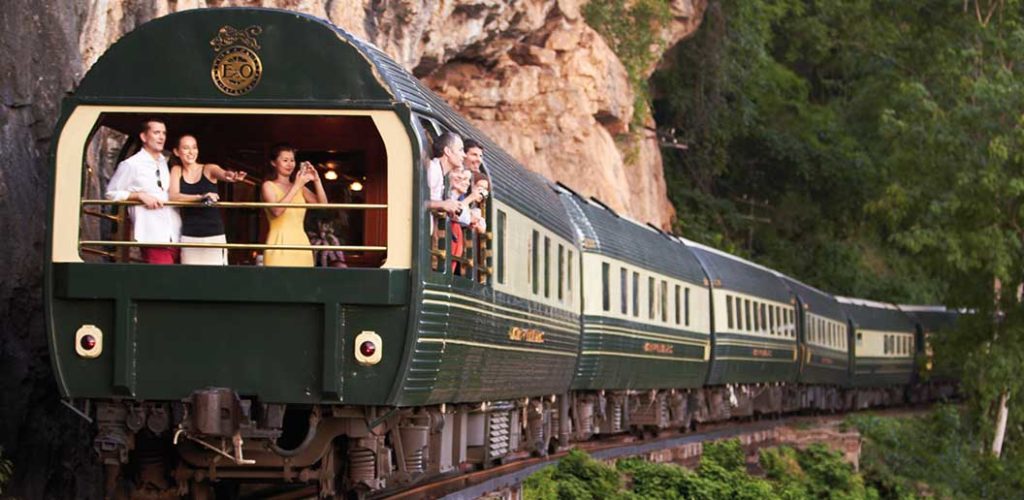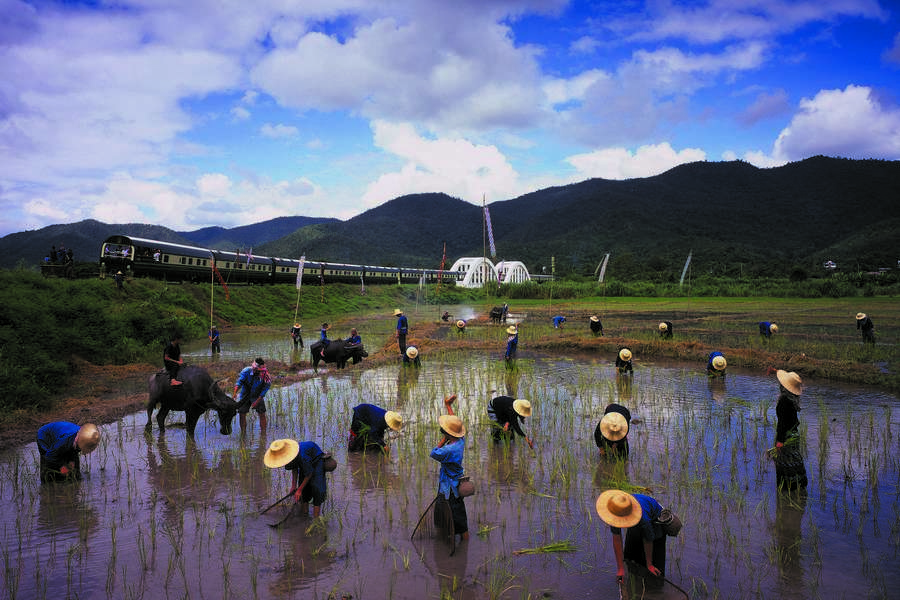 At times it is necessary to embark on adventures in which the journey is as thrilling and captivating as the destination to which one is bound. This can be done by car, by bike, by foot or boat or by plane. But never has it been as exciting and comfortable as travelling by train – one of the most scenic ways of exploring cities, countries and continents. If you choose this mode of transportation then there isn’t a more enjoyable or luxurious way to go than on the Eastern & Oriental Express.
At times it is necessary to embark on adventures in which the journey is as thrilling and captivating as the destination to which one is bound. This can be done by car, by bike, by foot or boat or by plane. But never has it been as exciting and comfortable as travelling by train – one of the most scenic ways of exploring cities, countries and continents. If you choose this mode of transportation then there isn’t a more enjoyable or luxurious way to go than on the Eastern & Oriental Express.
The Eastern & Oriental Express train goes by means of southeast Asia, linking Thailand to Malaysia and Singapore. Those journeys begin and conclude in a blend of three places: Singapore, Kuala Lumpur, the heart of Malaysia, and Bangkok.
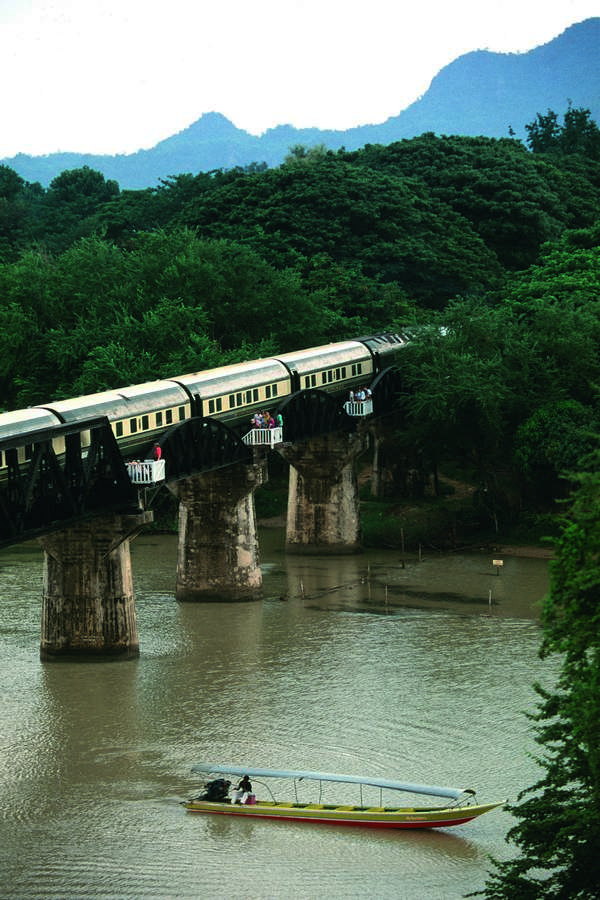 The journey begins in Singapore, over the strait of Malaysia. The country is a blend of delicious greenery and shining day high rises with a sprinkling of noteworthy houses and points of interest. A blend of societies – Chinese, Malay, Indonesian and Western – mirrors the blend of individuals who have settled here.
The journey begins in Singapore, over the strait of Malaysia. The country is a blend of delicious greenery and shining day high rises with a sprinkling of noteworthy houses and points of interest. A blend of societies – Chinese, Malay, Indonesian and Western – mirrors the blend of individuals who have settled here.
The adventure starts with a one-night stay at Raffles Inn in Singapore which boasts of roof fans and antique furniture inside. Singapore Slings are served on the veranda before supper in one of the hotel’s dazzling eateries, which takes visitors back to a more thoughtful time: the ideal prelude to a trip on board the train.
 Travelers are delivered to the train for five days of cross country travel. Once in Malaysia, it stops at Kuala Lumpur for a morning city visit. This is trailed by an adventure on into the picturesque heaps of Malaysia for an overnight remain at the notable Cameron Highlands Resort. Early in the day visitors may pick between a stroll in the rainforest or a trek to a tea estate where a tea tasting event takes place on a patio above the ranch.
Travelers are delivered to the train for five days of cross country travel. Once in Malaysia, it stops at Kuala Lumpur for a morning city visit. This is trailed by an adventure on into the picturesque heaps of Malaysia for an overnight remain at the notable Cameron Highlands Resort. Early in the day visitors may pick between a stroll in the rainforest or a trek to a tea estate where a tea tasting event takes place on a patio above the ranch.
 Travelers re-join the train and spend every ensuing night on it, stopping along the route for occasional strolls in scenic places. One is to the Malaysian island of Penang and its photogenic capital, George Town, with its conventional wooden houses and Chinese sanctuaries.
Travelers re-join the train and spend every ensuing night on it, stopping along the route for occasional strolls in scenic places. One is to the Malaysian island of Penang and its photogenic capital, George Town, with its conventional wooden houses and Chinese sanctuaries.
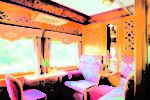 The train crosses the fringe into Thailand and makes a stop at Baan Huay Yang, a little angling town. Travelers are taken by pontoon to Koh Chaan, a staggering island home to a huge number of birds. On coming back to the shoreline at Koh Chaan a fantastic barbecue grill is prepared.
The train crosses the fringe into Thailand and makes a stop at Baan Huay Yang, a little angling town. Travelers are taken by pontoon to Koh Chaan, a staggering island home to a huge number of birds. On coming back to the shoreline at Koh Chaan a fantastic barbecue grill is prepared.
When the train manoeuvers into a stop beside the River Kwai, it drums up excitement. Individuals are charmed and enchanted as the train approaches and run to take pictures. The visit proceeds to the Thailand Burma Railway Centre, a museum exhibiting the adjoining burial ground for Prisoners of War from Wold War II, an extremely sensitive yet appealing place.
 The next day the train touches base in Bangkok at the terrific Hualamphong station, where they will encounter the energy of Hualamphong station, a neoclassical building that marked 100 years in 2016.
The next day the train touches base in Bangkok at the terrific Hualamphong station, where they will encounter the energy of Hualamphong station, a neoclassical building that marked 100 years in 2016.
Bangkok is, as we know, a sprawling city with outlandish sights, smells and sounds. The powerful Chao Praya waterway and the well known khlongs dissect the metropolis. Old wats sit one next to the other with shopping centres, while roadside sellers contrast with the high rises in the open air sky bars.
 The train left a mark in 1993, when it was inaugurated to become the first travelling 1943 kilometres from Singapore all the way to Bangkok, connecting the railroad frameworks of both Malaysia and Thailand.
The train left a mark in 1993, when it was inaugurated to become the first travelling 1943 kilometres from Singapore all the way to Bangkok, connecting the railroad frameworks of both Malaysia and Thailand.
The carriages of the train are painted dim green and gold, as the staff complement to the beauty, wearing Thai traditional clothing. Lodge stewards and servers wear fresh white coats and luxuriously hued silk petticoats while female staff wear long skirts with pink silk coats.
The train’s insides are outfitted with Asian décor. Perfect carpeting, decoration and fine textures and rugs – including silk by famous architect Jim Thompson, who is said to have disappeared in Malaysia last century. The train bears en-suite restrooms, aerating and cooling, a viewing deck to get a charge out of the tropical atmosphere and a room to read in, home to an inhabitant reflexologist and spiritualist.
Breakfast is served to the cabins, lunch and supper are served in the Dining Car, richly outfitted with carpets, rugs, silk wallcoverings and armchairs. The tables are set with white linens, silver and fine china. Through the extensive windows there’s an all-encompassing perspective of the passing view.
In the vivacious bar, visitors can appreciate aperitifs and stimulation, for example, conventional Thai dances can be enjoyed prior to supper. Later, the gregarious pianist, Peter, keeps playing until the last guest goes to bed.
 When travellers come back to their lodge they’ll see it has been mysteriously changed into a comfortable room. All have en-suite lavatories including a shower. There’s additionally a Presidential Cabin with a bigger sitting region and larger restroom.
When travellers come back to their lodge they’ll see it has been mysteriously changed into a comfortable room. All have en-suite lavatories including a shower. There’s additionally a Presidential Cabin with a bigger sitting region and larger restroom.
The trip is a convivial one: there’s something about a train journey spanning a few days that draws people together. Friendships are forged in the bar car, on the observation deck, over lunch and dinner.
Frenchman Yannis Martineau has been the executive chef of the train almost a decade and has lived and worked in Southeast Asia for a dozen years.
Working in a little cook room kitchen, Martineau gets ready dishes that are an ideal mix of east meets west, for example, a tom yam vichyssoise with quail.
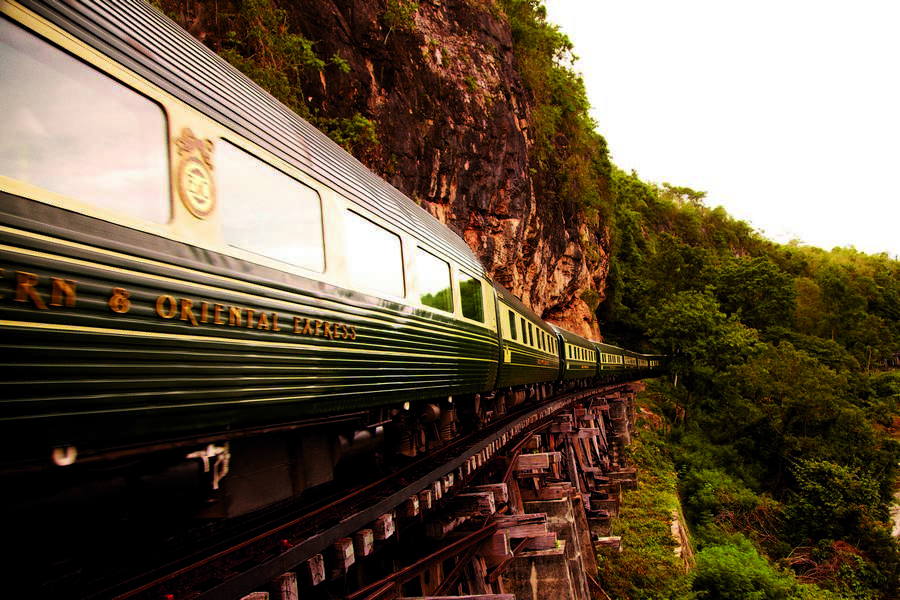 The train is the brainchild of visionary businessman James B Sherwood, founder of Belmond (previously Orient-Express Hotels). It was built by Nippon Sharyo & Hitachi in Japan in 1972, and first operated in New Zealand as the Silver Star. The carriages were remodelled and re-configured in Singapore workshops to run on Malaysian and Thai railway tracks.
The train is the brainchild of visionary businessman James B Sherwood, founder of Belmond (previously Orient-Express Hotels). It was built by Nippon Sharyo & Hitachi in Japan in 1972, and first operated in New Zealand as the Silver Star. The carriages were remodelled and re-configured in Singapore workshops to run on Malaysian and Thai railway tracks.
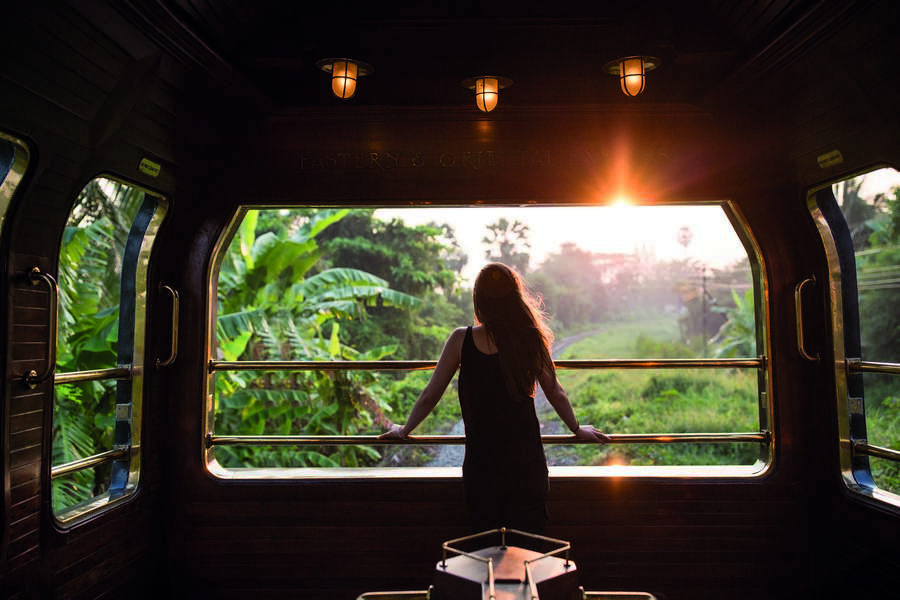 The Eastern & Oriental express all in all is a fantastic way to traverse three countries in a span of little under a week whilst basking in the utmost glory of luxurious and wondrous pleasure. If you haven’t tried it yet, we definitely recommend it.
The Eastern & Oriental express all in all is a fantastic way to traverse three countries in a span of little under a week whilst basking in the utmost glory of luxurious and wondrous pleasure. If you haven’t tried it yet, we definitely recommend it.


